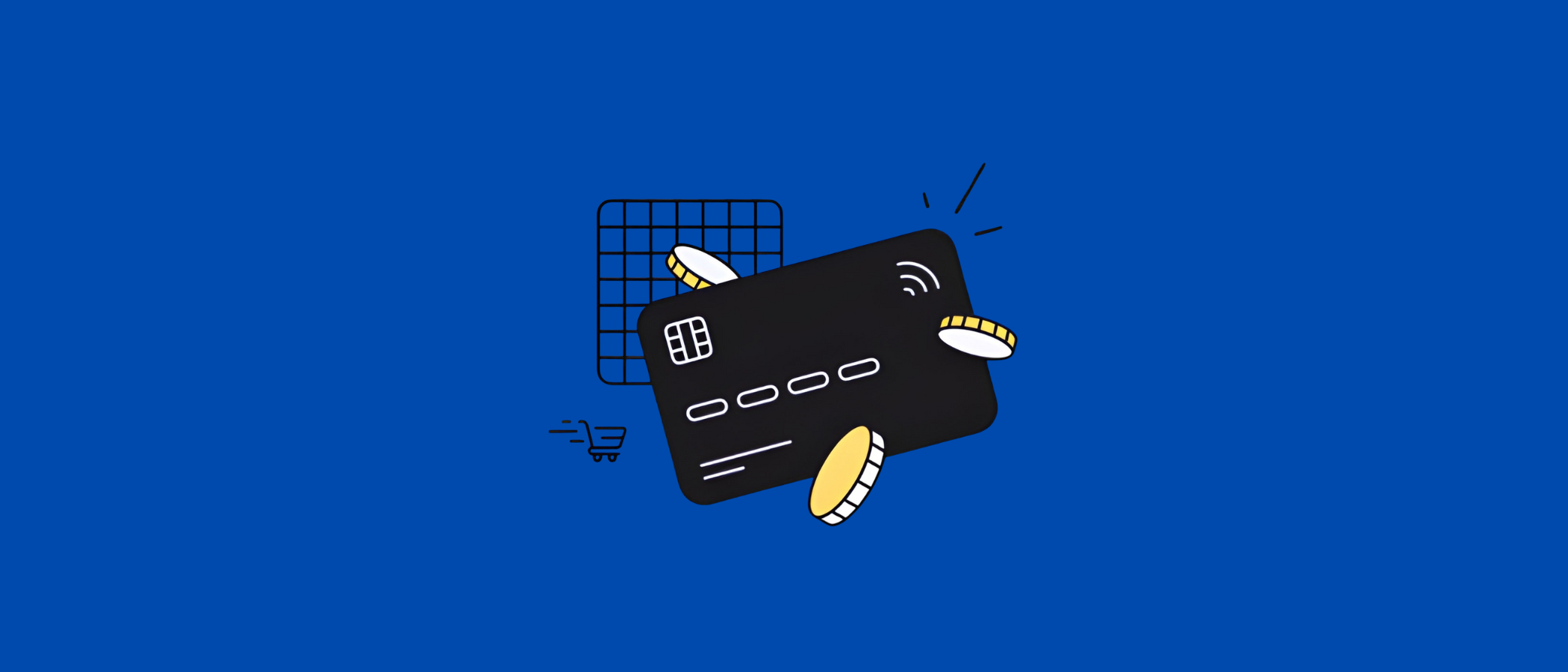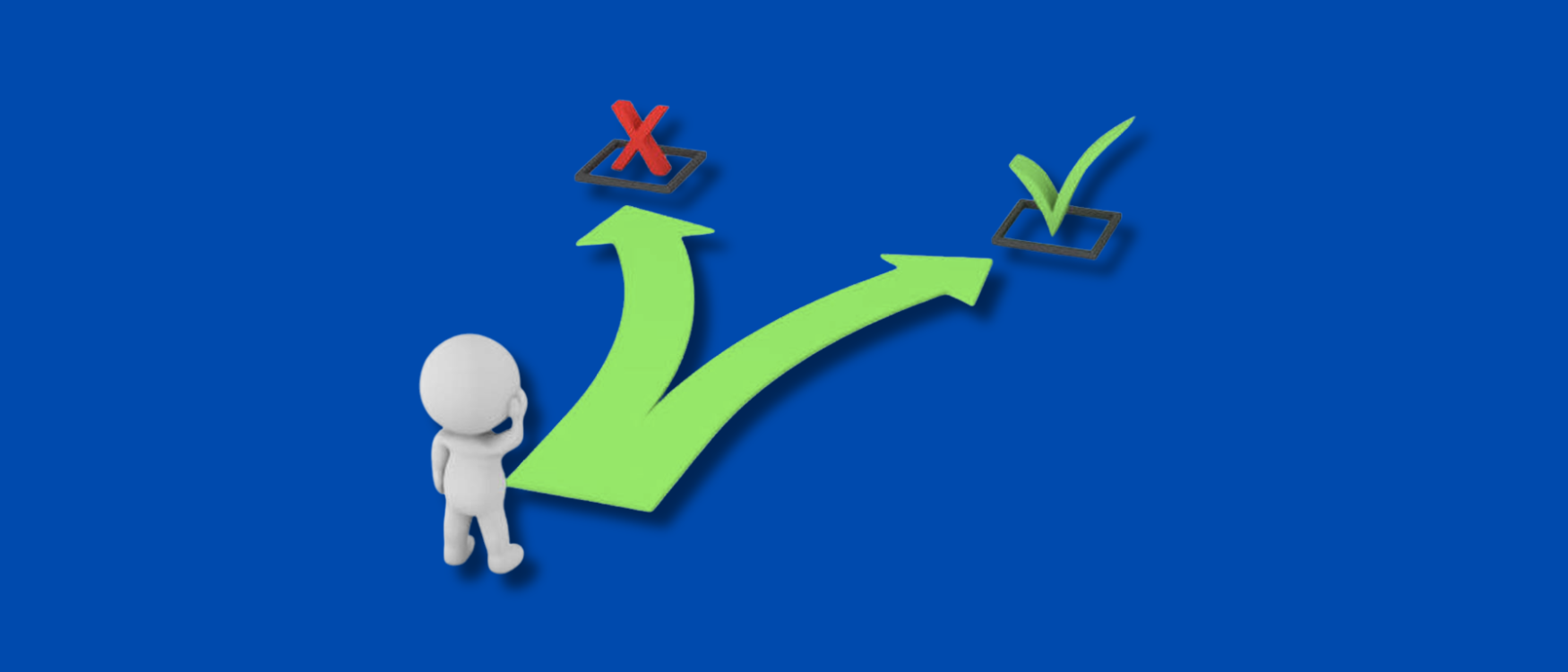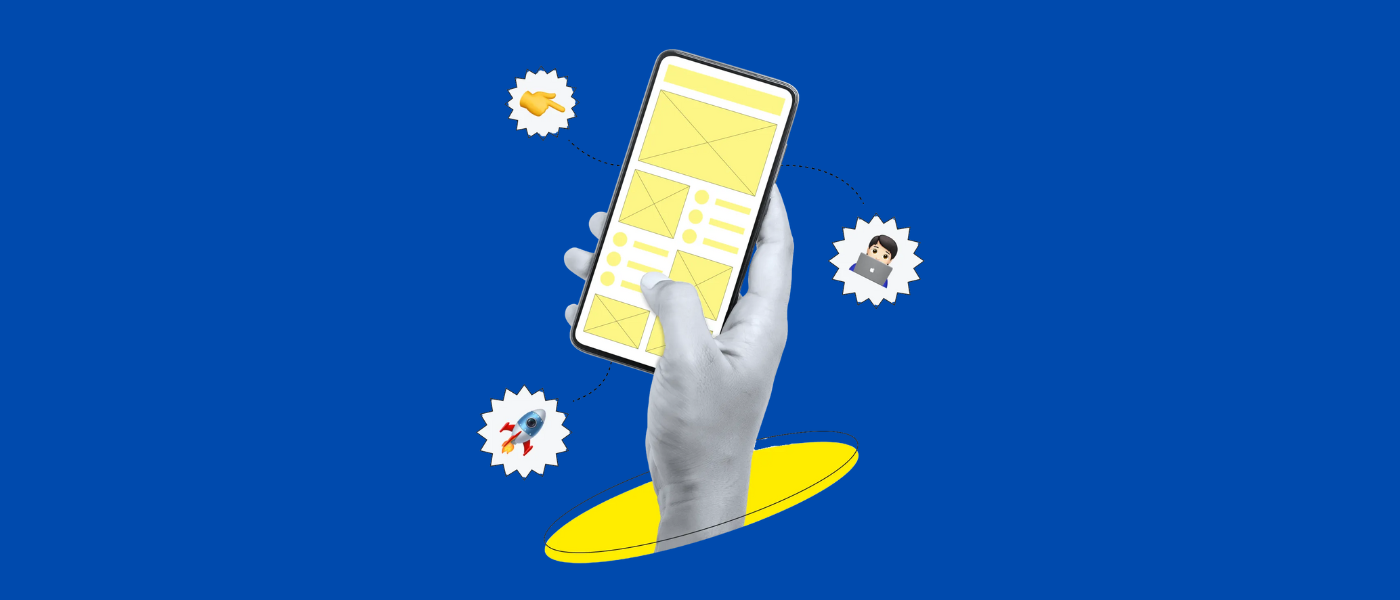Introduction
You have a brilliant app idea that could make your startup a success.
But before you start dreaming, you need to answer a crucial question: What will it really cost to build an app in the US in 2025?
Mobile app development costs in the US can range from $10,000 to over $500,000. This wide range can be overwhelming for startup founders.
But don’t worry, this comprehensive guide will help you understand exactly what to expect.
In this startup app budget guide, we’ll break down every aspect of app costs, from the initial idea to a successful launch.
You’ll learn how to plan your budget, avoid hidden costs, and make smart decisions that will help your startup thrive.
App Development Cost for Startups in 2025

Average Price Ranges by App Type
The average cost of developing an app in 2025 depends heavily on the complexity of your vision. Here’s a realistic breakdown:
- Simple Apps ($10,000 – $40,000):
These apps have basic functions such as displaying information, performing simple calculations, or offering basic user interactions. Think of a simple calculator, a to-do list, or an information app for your restaurant.
- Medium-Complexity Apps ($40,000 – $120,000):
These include user login, databases, API integrations, and customized user interfaces. Examples include fitness trackers, simple e-commerce apps, or booking platforms.
- Complex Apps ($120,000 – $500,000+):
These apps have advanced features such as real-time data, complex algorithms, multiple user roles, and innovative technologies. Think of apps like Uber, Instagram, or complex financial platforms.
Industry-Specific Examples
The cost of developing an app for small businesses varies depending on the industry:
- Retail and E-commerce: A basic shopping app with a product catalog, shopping cart, and payment integration typically costs between $50,000 and $150,000.
- Health and Fitness: A fitness tracking app with personalized workout plans and progress tracking costs between $60,000 and $200,000.
- Education: An e-learning platform with video content, quizzes, and progress tracking can cost between $80,000 and $250,000.
- Social Networking: A community-based app with profiles, messaging, and content sharing starts at $100,000.
What Makes Your App More Expensive (or Cheaper)?
Platform choice: The first big decision
Comparing iOS and Android app costs reveals some interesting differences:
- iOS only: Development for Apple devices is often 20-30% faster because there are fewer device types. This can reduce your costs by 15-20%.
- Android only: Although development may take longer due to the variety of devices, you reach a larger market. Costs are similar to iOS.
- Both platforms: Developing for both increases your costs by about 30-40%, but you reach 99% of the smartphone market.
Native vs. Hybrid: A Key Cost Factor
A comparison of native vs. hybrid app costs reveals significant differences:
Native Apps:
- Best performance and user experience
- Full access to device features
- Higher costs (30-40% more than hybrid)
- Separate development for each platform
Hybrid Apps:
- One code for both platforms
- 30-40% cheaper than native apps
- Slight performance reductions
- Faster time to market
Features that impact your budget
The factors influencing app development costs are numerous:
User login and profiles ($3,000 – $8,000):
- Email/password login
- Social media integration
- User profile management
- Password recovery
Payment integration ($4,000 – $12,000):
- Credit card payments
- PayPal, Apple Pay, Google Pay
- In-app purchases
- Subscription management
GPS and location services ($3,000 – $10,000):
- Location tracking
- Map integration
- Route planning
- Geofencing
Push notifications ($1,000 – $4,000):
- Basic notifications
- Personalized messages
- Scheduled notifications
- Rich media notifications
Offline functionality ($5,000 – $15,000):
- Data synchronization
- Offline data storage
- Conflict resolution
- Automatic updates
Design complexity and user experience
App design and UI/UX costs are a significant budget item:
Standard design ($5,000 – $15,000):
- Use of standard platform elements
- Simple color schemes
- Basic animations
- Standard icons
Custom design ($15,000 – $50,000):
- Custom user interface
- Unique animations
- Custom illustrations
- Brand-specific Elements
Premium Design ($50,000+):
- Innovative Interaction Concepts
- Complex Animations
- 3D Elements
- Augmented Reality Features
Breakdown of Your App Budget
The 2025 app price breakdown shows how your investment is distributed:
Planning and Research (10-15% of the budget)
This phase is crucial to your app’s success. It includes:
- Market Research: Understand your target audience, analyze competitors, and identify market gaps. This helps you avoid costly mistakes.
- Requirements Analysis: Define precisely what your app should be able to do. Any ambiguity here will lead to expensive changes later.
- Technical Planning: Choose the right technology and architecture. A wrong decision here can double your costs.
- Project Planning: Create realistic timelines and milestones. This helps avoid budget overruns.
Design and User Experience (15-20% of the budget)
Good design is not a luxury expense, it’s an investment in your app’s success:
- Wireframing: Create basic layouts for each screen view. This costs approximately $2,000–$5,000, but saves a lot of time later.
- UI Design: The visual design of your app. Expect to spend $5,000–$15,000 for a medium-sized app.
- UX Design: Optimizing the user experience. Invest $3,000–$10,000 for intuitive navigation.
- Prototyping: Interactive models for testing. Budget: $2,000–$8,000.
App Development (40–50% of the budget)
The majority of your investment goes toward the actual development:
- Frontend Development: The visible side of your app. Expect to spend $20,000–$40,000 for a medium-sized app.
- Backend Development: Servers, databases, and APIs. Budget: $15,000–$35,000 for standard requirements.
- API Integrations: Connections to external services. Each integration costs approximately $1,000–$5,000.
- Database Design: Structuring your data storage. Cost: $3,000–$10,000.
Testing and Quality Assurance (15–20% of the budget)
Never skimp on quality assurance:
- Functional Testing: Ensures all features work. Budget: $5,000–$15,000.
- Usability Testing: Real users test your app. Cost: $3,000–$8,000.
- Performance Testing: Optimizing speed. Investment: $2,000–$6,000.
- Security Testing: Protection against hackers. Essential: $3,000–$10,000.
Launch and App Store Fees (5-10% of the budget)
The final step to success:
App Store Fees:
- Apple App Store: $99/year
- Google Play Store: $25 one-time fee
App Store Optimization: $2,000-$5,000 for professional descriptions and screenshots.
Launch Marketing: At least $5,000-$15,000 for initial visibility.
Hidden Costs No One Talks About
The hidden costs in app development can blow your budget:
Ongoing Maintenance (15-20% of development costs annually)
App maintenance and update costs are unavoidable:
- Bug Fixes: Even the best app has bugs. Expect to spend $1,000-$3,000 per month on bug fixes.
- Operating System Updates: iOS and Android release new versions annually. Updates cost $5,000-$15,000 per year.
- Feature Updates: Users expect improvements. Budget: $10,000-$30,000 annually.
- Performance Optimization: Regular speed improvements cost $2,000-$5,000 per quarter.
Server and Hosting Fees
These costs vary significantly depending on the number of users:
- Small apps (up to 10,000 users): $100-$500 per month
- Medium apps (10,000-100,000 users): $500-$2,000 per month
- Large apps (100,000+ users): $2,000-$10,000+ per month
Security and Compliance
Data protection is not optional:
- SSL certificates: $100-$500 per year
- Data protection audits: $5,000-$15,000
- GDPR compliance: $3,000-$10,000 for customizations
- Penetration tests: $5,000-$20,000 per year
Customer Support Setup
Don’t forget user support:
- Support system: $2,000-$5,000 setup
- Training: $1,000-$3,000
- Ongoing costs: $500-$2,000 monthly
Smart Ways to Save Money
Cost-effective app development strategies can significantly reduce your budget:
- Start with an MVP: A Minimum Viable Product saves 60-70% of initial costs:
- Identify core features: Focus on the 3-5 most important features. Everything else can come later.
- Get rapid user feedback: Test your idea with real users before going full throttle.
- Iterative development: Build your app incrementally based on actual user needs.
Example: Instead of a full-fledged e-commerce app with 50 features for $150,000, start with a product catalog, shopping cart, and payment for $40,000.
Choose the Right Platform First
Analyze your target audience carefully:
- B2B apps: iOS is often sufficient, as business customers more frequently use iPhones. This saves 40% on costs.
- Younger target audience: Android often has a higher market share here. Focus on this.
- Regional differences: In the US, iOS dominates with a 55% market share. Use this data.
Use Pre-built Components
Why reinvent the wheel?
- UI libraries: Save 20-30% on design costs
- Backend services: Firebase or AWS reduces development time by 40%
- Payment SDKs: Stripe or PayPal instead of a custom solution saves 80% on costs
The right timing
- Avoid Q1 and Q4: Agencies are fully booked and more expensive
- Take advantage of summer discounts: Many companies offer discounts in July/August
- Long-term contracts: 6-month projects are 15-20% cheaper than short-term projects
Funding Your App: Options for Startups
These startup mobile app funding tips will help you realize your project:
Bootstrapping Strategies
Self-funding requires creativity:
- Phased Development: Divide your project into manageable chunks. Develop feature by feature as funding comes in.
- Revenue-First Approach: Build the features that generate revenue first. An app with a payment function brings in income faster.
- Side-Job Funding: Many successful founders funded their apps through consulting work in their industry.
- Pre-sales: Offer early-bird access or lifetime deals to loyal customers.
Angel Investors and VCs
Professional investors bring more than just money:
- Angel Investors: Ideal for $50,000–$500,000. They often bring industry experience.
- Seed Funding: For $500,000–$2 million. Perfect for launching your app.
- Series A: Starting at $2 million for proven concepts with growth potential.
- Preparation is key: A solid business plan and prototype drastically increase your chances.
Crowdfunding as an Alternative
Modern financing through the masses:
- Kickstarter/Indiegogo: Ideal for B2C apps with broad appeal. Successful campaigns raise $50,000–$200,000.
- Equity crowdfunding: Offer company shares. Average funding of $100,000–$500,000 is possible.
- Reward-based: Offer premium features or lifetime access in return.
Small Business Loans
Traditional financing has its advantages:
- SBA loans: Up to $5 million with favorable interest rates for US startups.
- Bank loans: Usually require collateral but offer full control.
- Online lenders: Faster approval, higher interest rates. Good for $10,000–$100,000.
Government Grants
Free money for innovative ideas:
- SBIR/STTR Programs: Up to $1.5 million for technology startups.
- State Grants: Many states support tech startups with $10,000–$50,000.
- Industry-Specific Funding: Health, education, and the environment have dedicated funding programs.
Your next steps: From idea to App Store
1. Create a Realistic Budget
The app cost calculator for startups starts with honest planning:
Step 1: Create a feature list
- List all the features you want. Divide them into “must-have,” “nice-to-have,” and “future” features.
Step 2: Get quotes
- Contact 5-10 agencies or freelancers. The price range will surprise you.
Step 3: Include a buffer
- Add 20-30% for unforeseen expenses. Every project has surprises.
Step 4: Calculate ongoing costs
- Don’t forget the monthly expenses after launch.
2. Finding the Right Team
US Mobile App Pricing varies greatly depending Provider:
Large Agencies ($150-$250/ hour ):
- Full team
- Proven processes
- Higher costs
- Ideal for complex Projects
Small agencies ($100-$150/ hour ):
- More personal Care
- More flexible Prices
- Good value for money
- Perfect for startups
Freelancer ($50-100/ hour ):
- Lowest costs
- Increased coordination effort
- Ideal for small Projects
- Risk in large apps
Offshore teams ($25-$50/ hour ):
- Attractively priced
- Time zone differences
- Communication challenges
- Good for simple apps
3. Realistic Time Management
The costs of app development by region (USA) also influence the timeline:
Simple app: 2-3 months
Medium app: 4-6 months
Complex app: 6-12+ months
Time pressure comes at a price: Rush projects are 30-50% more expensive. Plan ahead!
4. Launch Preparation Checklist
Planning App Launch and Marketing Costs Effectively:
3 months before launch:
- Recruit beta testers ($500-$2,000)
- Press releases prepared ($1,000-$3,000)
- Social media presence built up ($500-$1,500/month)
1 month before launch:
- App Store Optimization ($2,000-$5,000)
- Contacting influencers ($2,000-$10,000)
- Create a launch video ($3,000-$10,000)
Launch week:
- PR campaign ($5,000-$20,000)
- Paid advertising ($5,000-$15,000 initial)
- Community Management ($1,000-$3,000/month)
5. Specific Considerations for 2025
AI Integration Becomes Standard
Custom app development prices rise due to AI features:
- Chatbots: $5,000–$15,000 for basic integration
- Personalization: $10,000–$30,000 for AI-powered recommendations
- Image recognition: $15,000–$40,000 for advanced features
Data Privacy as a Cost Factor
New regulations increase costs:
- Encryption: Additional $5,000–$10,000
- Data erasure: GDPR-compliant systems cost $3,000–$8,000
- Transparency features: Users want control, which costs $5,000–$15,000
5G Changes Expectations
Faster networks mean new possibilities:
- Video streaming: Will become standard, but costs $10,000–$30,000 extras
- AR/VR features: Users expect more, budget $20,000-$50,000
- Real-time features: Instant updates cost $15,000-$35,000 more
How to Reduce App Development Costs
Reducing app development costs requires strategic thinking:
Utilize Agile Development
- Sprint-based work: Control costs with 2-week cycles
- Continuous feedback: Avoid costly mistakes
- Flexible priorities: Adapt features to your budget
Smartly Utilize Open Source
- Framework selection: React Native or Flutter saves 30-40%
- Backend solutions: Node.js and MongoDB reduce licensing costs
- Tool integration: Free tools for analytics and monitoring
Outsourcing Strategies
- Hybrid model: Core team in the USA, offshore support
- Asynchronous development: Utilize 24/7 development
- Leverage specialization: UI/UX locally, coding offshore
Case studies: Real Startup Costs
Case study 1: E-commerce startup
Initial situation: Fashion startup with a limited budget
Solution: MVP with Shopify integration
Costs: $45,000 for an iOS app
Result: $100,000 in revenue in 6 months
Case Study 2: Fitness App
Initial Situation: Personal trainer wants to scale
Solution: Hybrid app with video streaming
Cost: $75,000 for both platforms
Result: 5,000 paying subscribers after 1 year
Case Study 3: B2B SaaS
Initial Situation: Project management for small teams
Solution: Web app first, mobile later
Cost: $120,000 total investment
Result: Series A funding after 18 months
Common Mistakes and How to Avoid Them
Mistake 1: Too many features at the beginning
- Problem: 80% of the features are hardly used
- Solution: Start with 20% of the features that deliver 80% of the value
Mistake 2: Wrong team chosen
- Problem: Cheapest provider delivers poor quality
- Solution: Check references, start a test project
Mistake 3: Forgetting Marketing
- Problem: Great app, no users
- Solution: Reserve 30% of the budget for marketing
Mistake 4: Underestimating Maintenance
- Problem: The App quickly becomes outdated without updates
- Solution: Budget 20% of development costs annually
Future Outlook: App Costs in 2026 and Beyond
Technology Trends
- No-Code/Low-Code: Reduces costs by 50-70% for simple apps
- AI Assistants: Accelerate development by 30-40%
- Cross-Platform Tools: Increasingly better and cheaper
Market Development
- Specialization: Niche apps become more profitable
- Subscription Economy: Recurring revenue becomes the norm
- Globalization: International expansion becomes easier
Boolean Inc.: A Trusted Partner for Startup App Development
If in the year 2025 you are on a tight budget to create a cool app, choosing Boolean Inc. will be the great solution.
They are experts in making top-notch apps for companies that have to act quickly but at the same time cannot afford to lose or waste their resources.
What is the reason that they are conspicuous? Firstly, they understand the exact difficulties of startups; therefore, they commit to the delivery of MVPs (Minimum Viable Products) that help you in testing the business without investing a lot.
Their rates are very well organized and they are upfront with you, so there will be no surprise costs along the way.
No matter if it is an app for mobile, web, or an enterprise solution, Boolean Inc. is the right one to execute your idea.
They have the experience and the knowledge after working with several industries such as fintech, healthcare, and e-commerce, and that is why they could be the best ones to make your app tailored to your requirements.
As for the money? An MVP will cost you from $10,000 to $50,000 and full-featured apps, in turn, can be anywhere between $30,000 and $500,000 depending on the complexity.
Conclusion
The question “What is app development cost for startups?” doesn’t have a simple answer. But with this guide, you now have the knowledge to make informed decisions.
Remember: A successful app isn’t an expense, it’s an investment. With the right planning, the right team, and a smart funding strategy, even startups with limited budgets can develop great apps.
Your next steps:
- Define your MVP clearly and concisely
- Create a realistic feature list
- Get at least 5 quotes
- Plan for a 30% buffer
- Think long-term, including maintenance and marketing
The American app market offers enormous potential. With an average of $90 in revenue per smartphone user annually, well-made apps can quickly become profitable.
Start small, think big, and don’t let costs deter you. Many of today’s successful apps began with modest budgets and smart decisions.
Your app idea is waiting to become a reality. With this knowledge, you’re ready to take the first step. The best time to start? Right now.
Ready to bring your app vision to life? Use this guide as your roadmap to success. The journey may be challenging, but with the right preparation, it’s absolutely achievable.
Good luck on your app development journey!
FAQs
- How much does it cost to build a simple app in the USA in 2025?
A simple app with basic features typically costs between $10,000 to $40,000 in the USA.
- What’s the difference in cost between iOS and Android app development?
Developing for both platforms increases costs by 30-40%, while choosing just one platform can save significant budget.
- What are the hidden costs of app development that startups often miss?
Ongoing maintenance (15-20% yearly), server hosting, security updates, and app store fees are commonly overlooked expenses.
- How can startups reduce their app development costs?
Start with an MVP, use hybrid development, leverage pre-built components, and consider phased development to cut costs by up to 60%.
- How long does it take to develop a mobile app for a startup?
Simple apps take 2-3 months, medium complexity apps need 4-6 months, and complex apps require 6-12+ months to develop.







